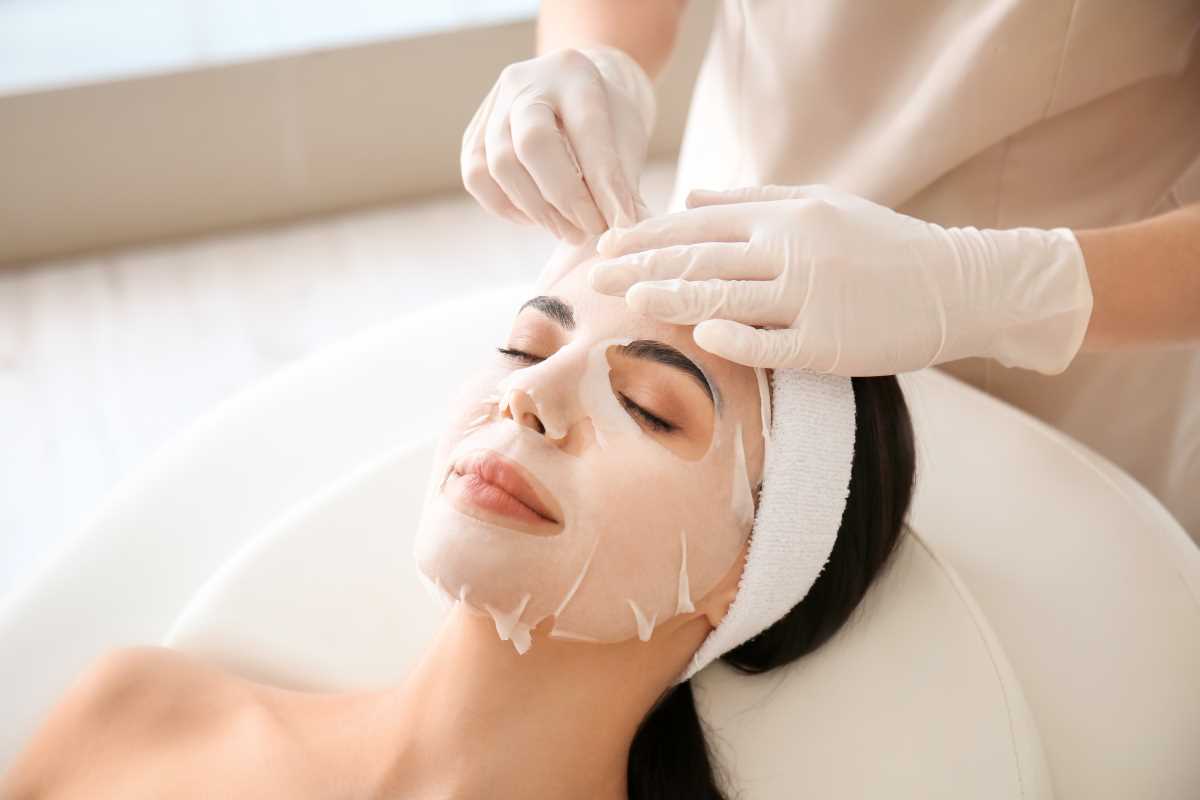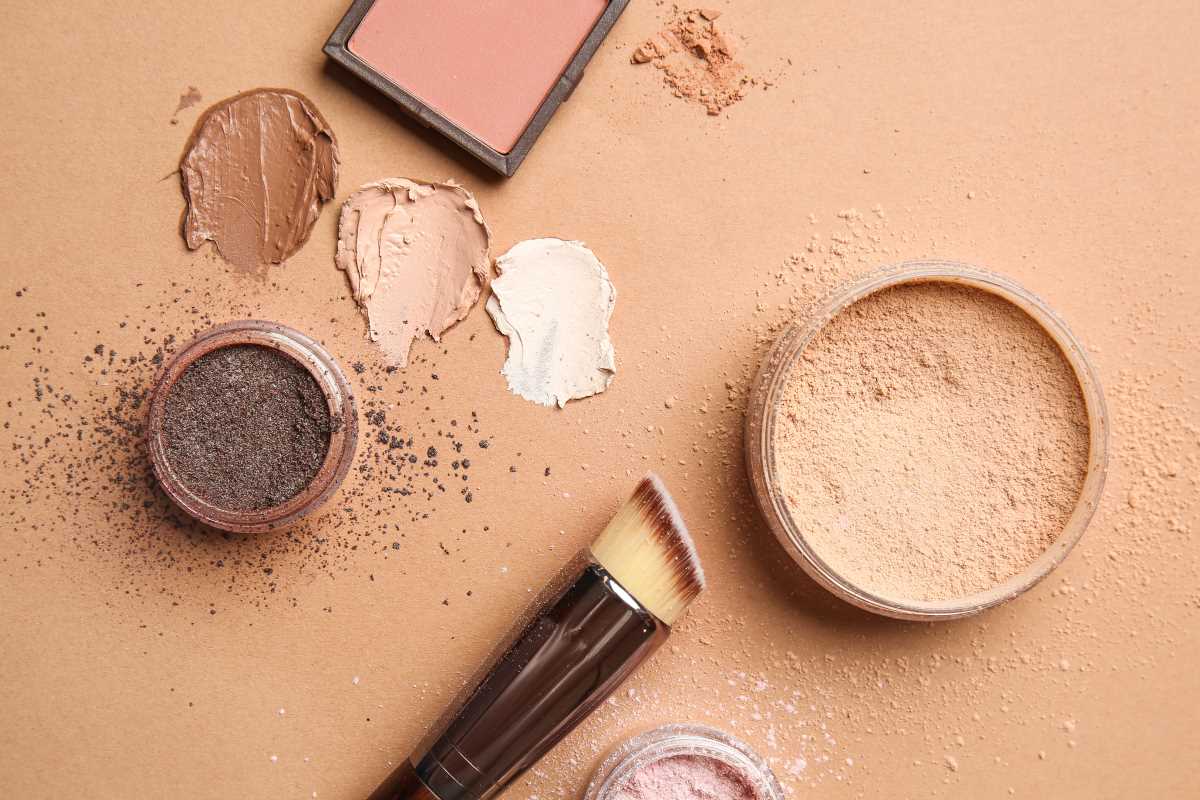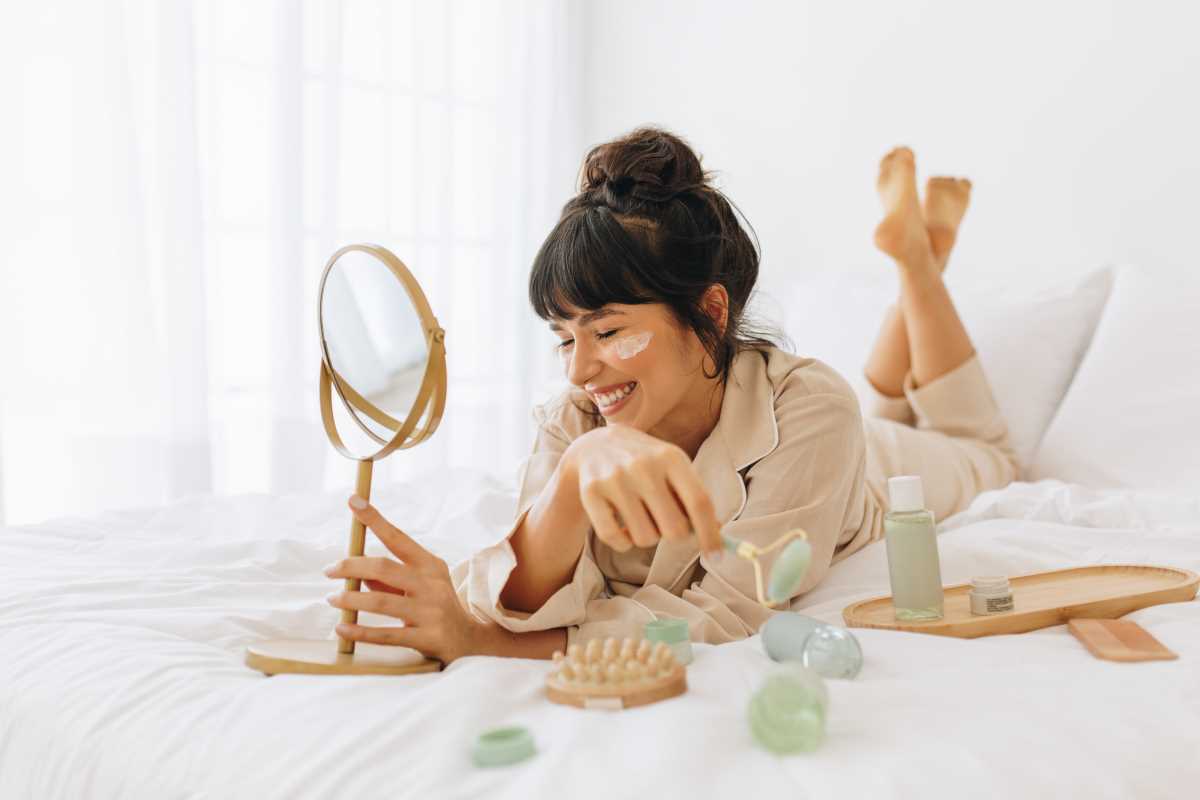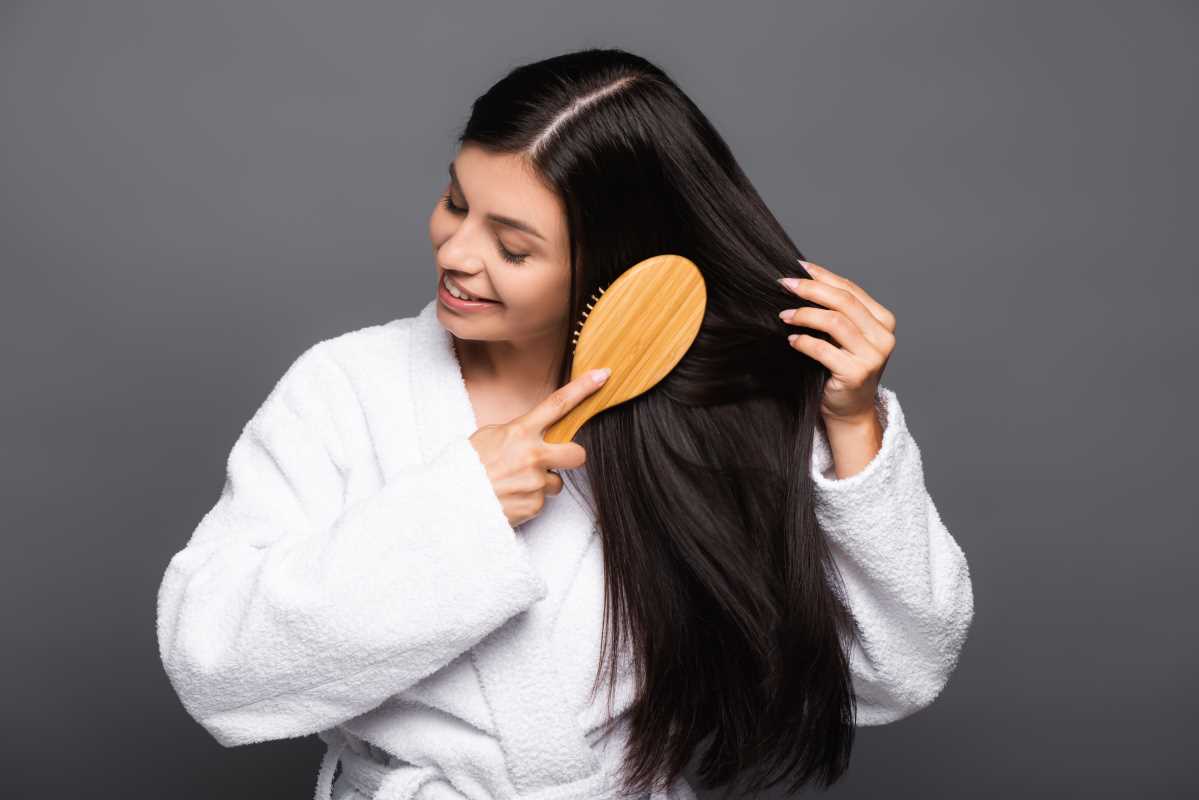Essential Tips for Healthy Hair Care Routines
By: Evelyn Dawson Last updated: 09/11/2024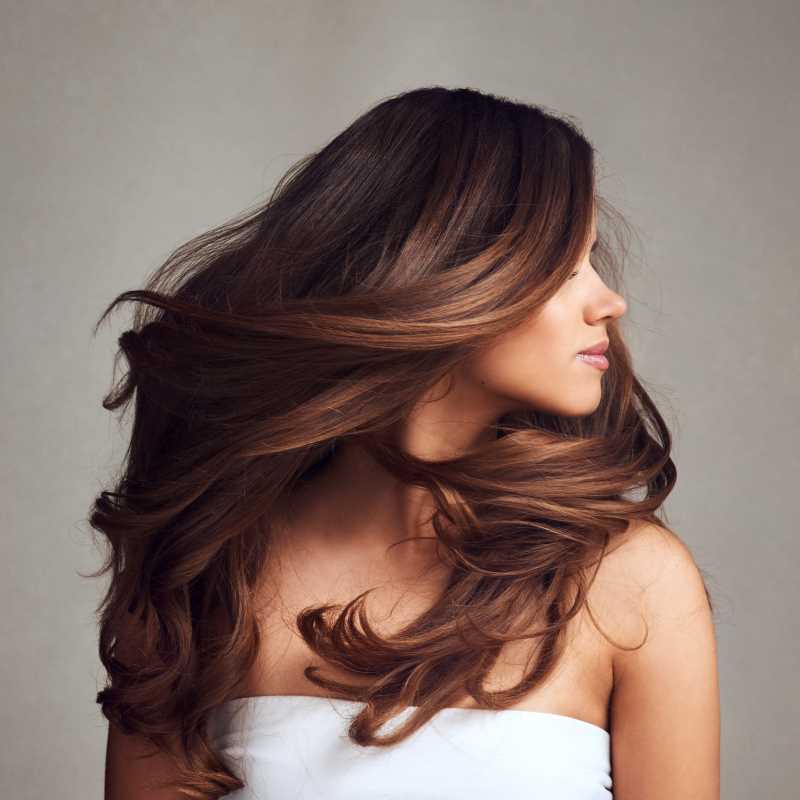
Healthy hair is often seen as a reflection of overall wellness and self-care. Whether you have straight, curly, wavy, or coily hair, establishing a dedicated hair care routine is essential to maintain its health, shine, and vitality. You can keep your locks looking their best with the right knowledge and practices. In this article, we’ll explore essential tips for creating an effective hair care routine that caters to your hair type and lifestyle.
Understand Your Hair Type
The first step in developing a healthy hair care routine is understanding your hair type. Hair can be classified into several categories, including straight, wavy, curly, and coily. Each type has its unique characteristics and requires different care.
- Straight Hair: Generally has a sleek and shiny appearance but can become greasy quickly due to the oil from the scalp traveling down the hair shaft more easily.
- Wavy Hair: Has a natural wave pattern that can be prone to frizz. It often requires a balance of moisture and definition to maintain its shape.
- Curly Hair: Known for its bouncy and voluminous nature, curly hair often needs extra moisture to combat dryness and maintain curl definition.
- Coily Hair: Typically very tight curls or kinks, coily hair can be the driest of all hair types and requires the most hydration and care.
Knowing your hair type helps you select the right products and techniques to ensure its health and beauty.
Choose the Right Shampoo and Conditioner
Selecting the right shampoo and conditioner is crucial for maintaining healthy hair. Look for products that suit your hair type and specific needs, whether it’s hydration, volumizing, or repairing.
- Sulfate-Free Shampoos: Sulfates can strip natural oils from your hair, leading to dryness. Opt for sulfate-free formulas that cleanse without compromising moisture.
- Moisturizing Conditioners: For dry or curly hair, use a rich, moisturizing conditioner to help hydrate and detangle.
- Clarifying Shampoos: Use a clarifying shampoo occasionally to remove product buildup, especially if you frequently use styling products.
To enhance the effectiveness of your shampoo and conditioner, consider the following:
- Frequency: Avoid washing your hair daily unless necessary. For most hair types, washing two to three times a week is sufficient.
- Temperature: Use lukewarm water when washing your hair. Hot water can strip oils, while cold water can help seal the cuticle and add shine.
Incorporate Deep Conditioning Treatments
Deep conditioning treatments can provide your hair with an extra dose of moisture and nutrients. These treatments are especially beneficial for those with dry, damaged, or color-treated hair.
- Hydrating Masks: Look for masks that contain ingredients like shea butter, argan oil, or coconut oil to hydrate and nourish your strands deeply.
- Protein Treatments: For weak or brittle hair, protein treatments can help strengthen the hair shaft. Look for products with keratin or hydrolyzed proteins.
- DIY Treatments: You can also create your own hair masks at home using natural ingredients like avocado, honey, and olive oil.
Incorporate a deep conditioning treatment into your routine once a week or as needed, depending on your hair’s condition.
Protect Your Hair from Heat Damage
Heat styling tools can cause significant damage to your hair if not used properly. To protect your locks, follow these tips:
- Heat Protectant: Always apply a heat protectant spray or serum before using hot tools like straighteners or curling irons. This creates a barrier against the heat.
- Lower Temperatures: Use the lowest effective temperature on your styling tools. High heat can cause more damage, especially to fine or fragile hair.
- Limit Heat Styling: Try to limit heat styling to a few times a week. Embrace air-drying and heat-free hairstyles when possible to give your hair a break.
Trim Regularly
Regular trims are essential for maintaining healthy hair. Even if you’re growing your hair out, getting a trim every six to eight weeks can help prevent split ends and breakage.
- Split Ends: If left untrimmed, split ends can travel up the hair shaft, leading to more damage. A trim helps remove these damaged ends and promotes healthier hair.
- Shape and Style: Regular trims also help maintain the shape and style of your hair, ensuring it looks its best.
- Encourages Growth: While trimming doesn’t make your hair grow faster, it does prevent damage that can hinder growth.
Be Mindful of Your Diet
What you eat plays a significant role in the health of your hair. A balanced diet rich in vitamins, minerals, and proteins can support hair growth and strength.
- Protein: Hair is primarily made of a protein called keratin, so consuming adequate protein is vital. Include sources like chicken, fish, eggs, and legumes in your diet.
- Vitamins: Vitamins such as A, C, D, E, and B vitamins (especially biotin) are essential for healthy hair. Incorporate fruits, vegetables, and whole grains for a nutrient-rich diet.
- Hydration: Don’t forget to drink plenty of water! Staying hydrated is crucial for overall health, including maintaining moisture in your hair.
Limit Chemical Treatments
Chemical treatments, such as coloring, perming, or relaxing, can cause significant stress to your hair. If you choose to undergo these treatments, take the following precautions:
- Consult a Professional: Always seek advice from a qualified hairstylist to find the best treatment options for your hair type.
- Space Out Treatments: Give your hair time to recover between chemical treatments to minimize damage.
- Use Appropriate Products: Invest in products designed for chemically treated hair, such as sulfate-free shampoos and nourishing conditioners.
Scalp Care is Key
A healthy scalp is the foundation of healthy hair. Taking care of your scalp can help prevent issues like dandruff, dryness, or excessive oiliness.
- Exfoliate: Consider using a gentle scalp exfoliator to remove dead skin cells and product buildup, promoting a healthier environment for hair growth.
- Massage: Regularly massaging your scalp can increase blood circulation, helping to nourish hair follicles and promote growth.
- Moisturize: If you have a dry scalp, look for scalp treatments or oils that can provide hydration without clogging hair follicles.
Protect Your Hair from Environmental Damage
Environmental factors such as UV rays, pollution, and chlorine can negatively impact your hair’s health. Protect your hair by taking these precautions:
- Hats and Scarves: Wear hats or scarves when spending prolonged time outdoors to shield your hair from UV rays and pollution.
- Chlorine Protection: Before swimming, wet your hair with fresh water and apply a leave-in conditioner or oil to create a barrier against chlorine.
- Humidity Control: Use anti-frizz products or serums to manage humidity-related issues that can affect your hair's texture and appearance.
Practice Stress Management
Stress can significantly impact your hair's health, leading to issues such as hair loss or changes in texture. Incorporate stress-reducing practices into your routine to support your overall well-being.
- Exercise: Regular physical activity helps reduce stress and improve blood circulation, which can benefit your hair.
- Mindfulness and Relaxation: Practices like meditation, yoga, or deep-breathing exercises can help manage stress levels.
- Sleep: Ensure you’re getting enough quality sleep, as rest is essential for overall health, including hair health.
Share now!
This content was created with the help of a large language model, and portions have been reviewed and edited for clarity and readability.
